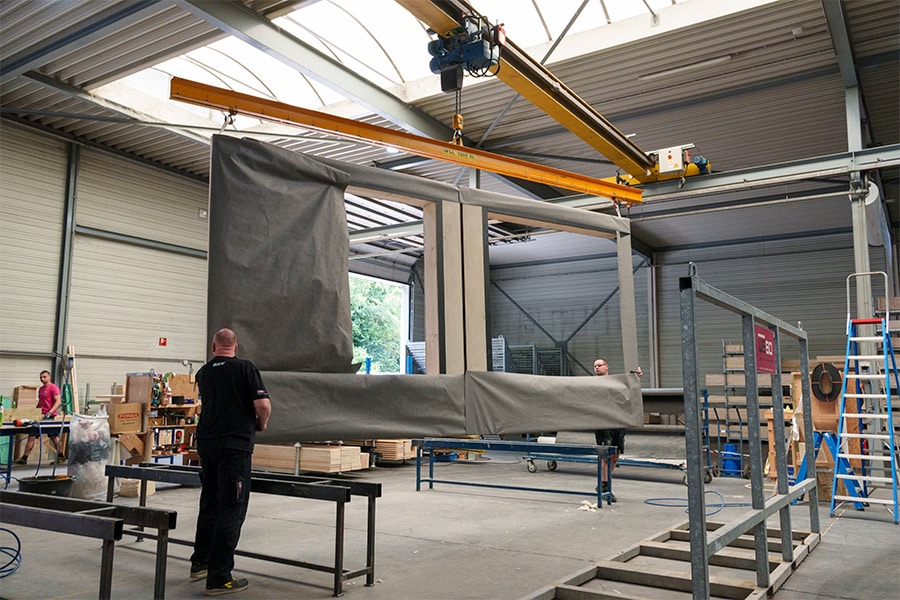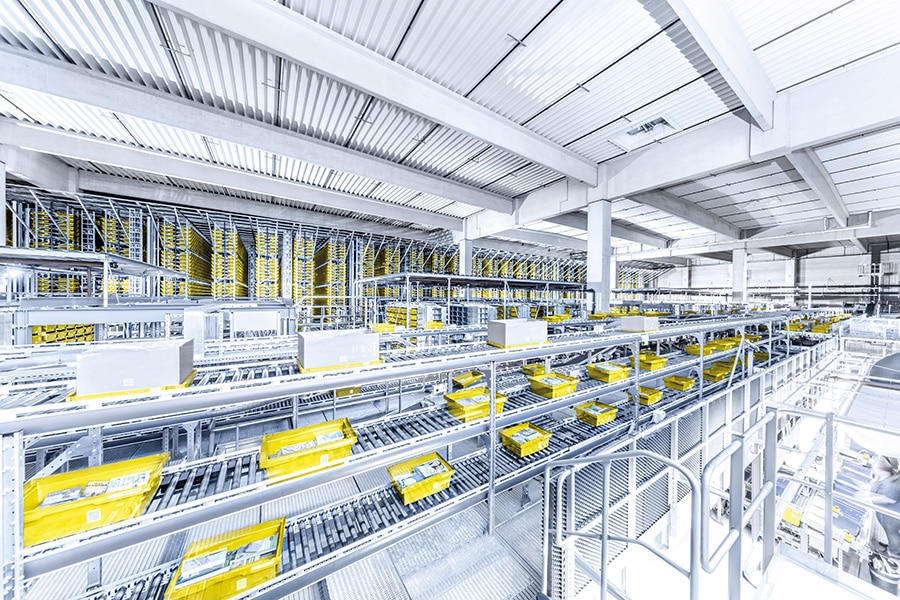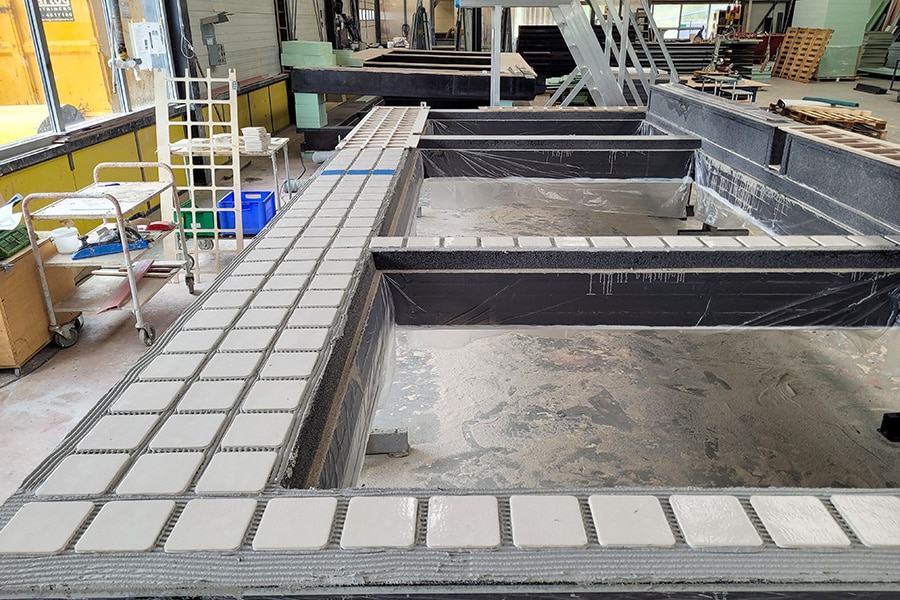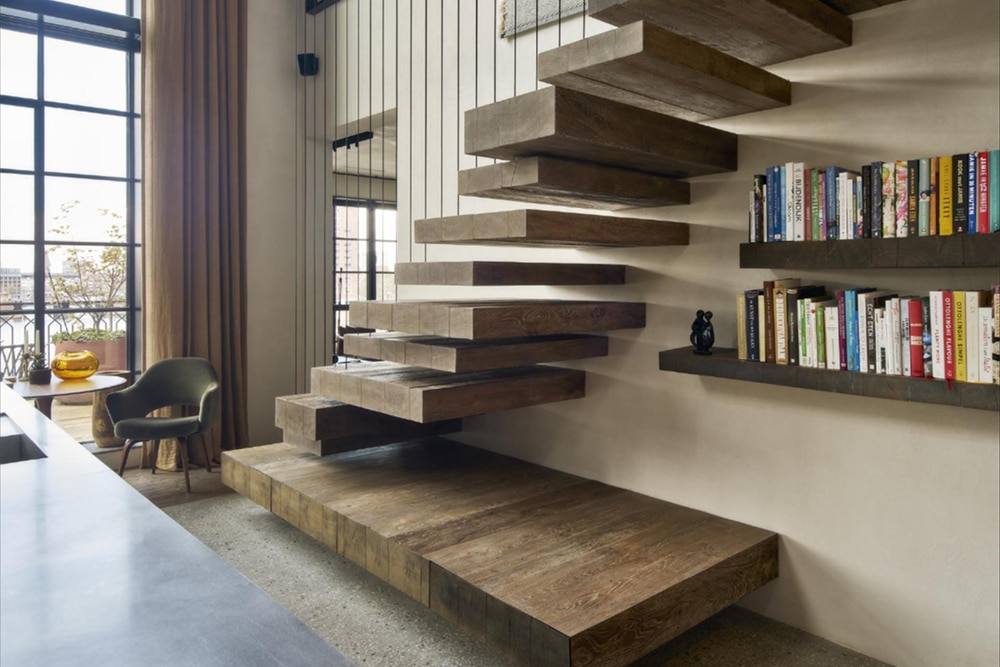
81 percent construction professionals: 'role of staircase totally different in 25 years'
EeStairs sees shift from functional to design element
The role of stairs in construction projects has evolved significantly over the past 25 years. That's according to a recent survey of 123 contractors, architects and other construction professionals conducted by luxury stair builder EeStairs. With a growing focus on design, sustainability and technology, stairs are becoming an increasingly essential and dynamic element in architecture. 81 percent of respondents have seen the role of stairs change dramatically over the past quarter century. Seventy percent of respondents indicated that stairs have become a more important design element in their projects. Over a quarter of respondents noted an increased focus on sustainability and environmental friendliness in the design and construction of stairs.
EeStairs, the world's market leader in luxury staircases, commissioned the survey on the occasion of the company's 25th anniversary at the end of this year. CEO Cornelis van Vlastuin and also founder: "The most striking difference from when we started is the emphasis on aesthetics today. In 1999, a staircase was primarily meant to span floors. An average job was a simple straight staircase in an inconspicuous location and, if possible, with carpet on top. Today, we see clients looking much more at the impact a staircase can have on the overall functionality and appearance of a building. The design is incredibly important, the staircase becomes an eye-catcher."
Appearance
The increased focus on design reflects a broader trend in the building industry, where aesthetics and user experience are becoming increasingly important. Architects and contractors increasingly believe that well-designed stairs have a huge impact on the overall look and functionality of a building. An architect from Utrecht indicated in the survey that stairs are becoming increasingly important as the function of buildings is also changing: "Think of more complex and challenging building layouts, more compact building heights and WELL-being buildings where the health and safety of the users is key." In public buildings, such as schools or office buildings, building professionals see that stairs have also taken on multiple functions. A staircase connects different spaces and simultaneously serves as a stage, grandstand or art object.
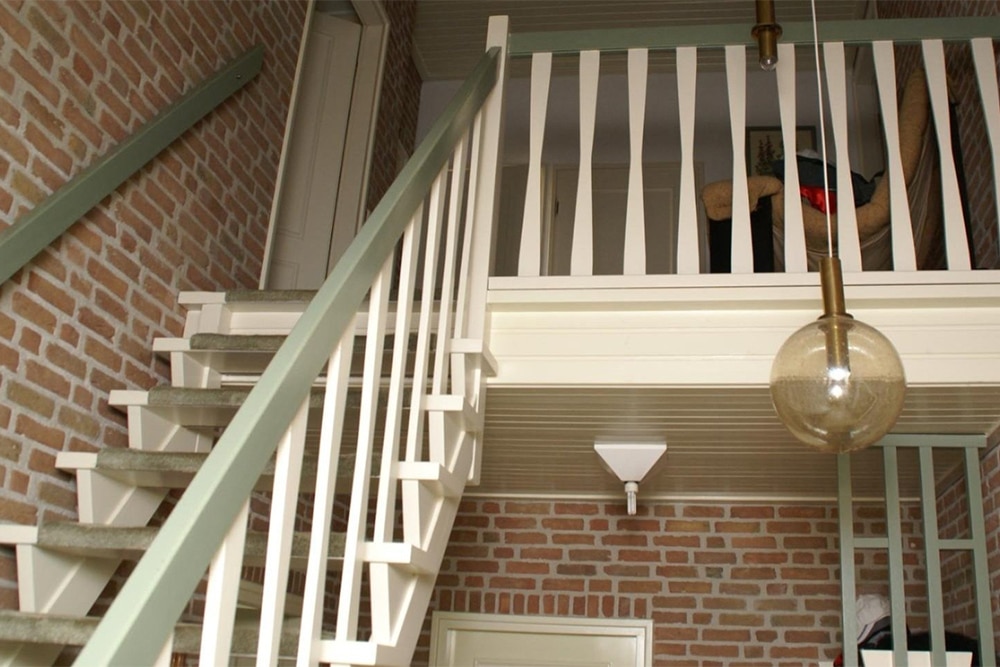
There is also an increasing emphasis on sustainability in the design process. Respondents cited energy-efficient production methods and the use of environmentally friendly materials such as wood or bamboo as important considerations in their projects. "Price increases and the focus on sustainability have forced us to rethink our approach to stair design," said an architect from South Holland.
Reuse and modular
In addition to using sustainable materials, construction professionals also mention reuse as a way to make stairs more sustainable. A contractor from Zeist expects more frequent demands "that a staircase be demountable and can be used elsewhere in the future. Van Vlastuin adds: "A good example of this is the modular aluminum stair system we launched a year ago. It's a little more complicated than that, but you could almost call the Next-Gen office staircase a kit, with which we still deliver customization and design."
For a number of years, the Barneveld-based family business has also been keeping track of its own ecological footprint, and according to Van Vlastuin, modular solutions fit in very well with the pursuit of the smallest possible footprint: "With this staircase, we use less residual material and we also make fewer transport movements, because sustainability is obviously not only in the staircase itself, but also in the entire process behind it."
Van Vlastuin is curious to see where his company and stairs in general will be in another 25 years, "Now it's smart lighting systems and built-in sensors, but with the broader trend of smart buildings where technology is used to improve occupant comfort and safety, there will be technologies that we don't even know about today."
